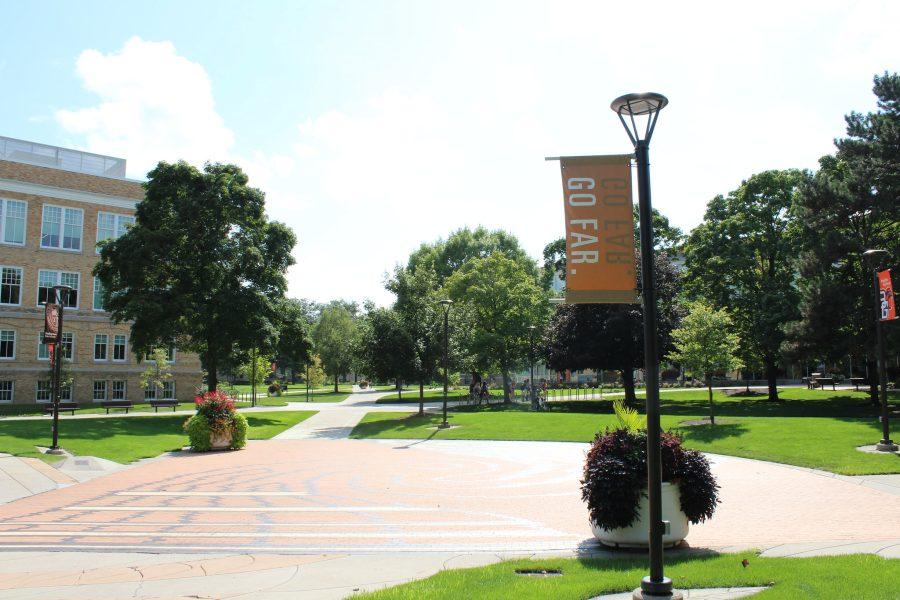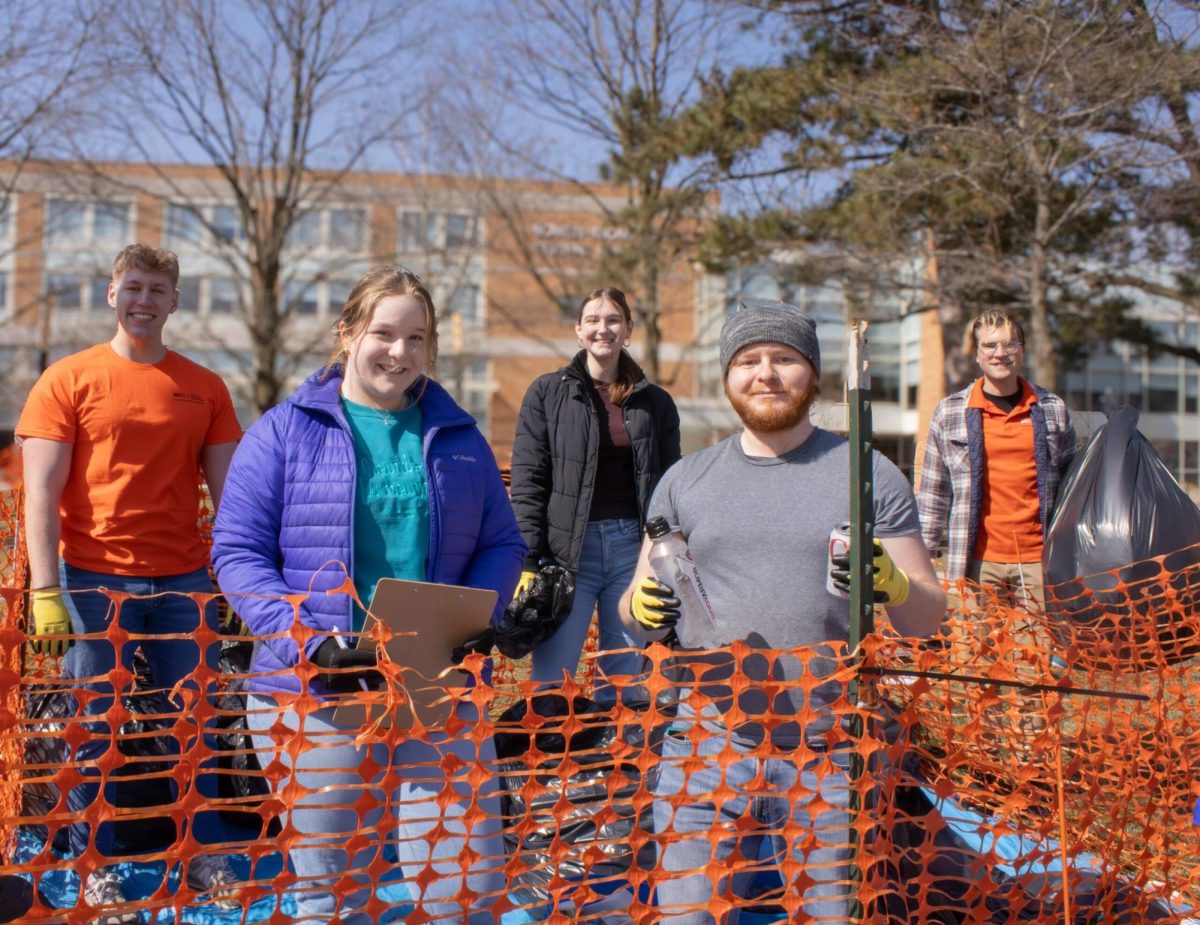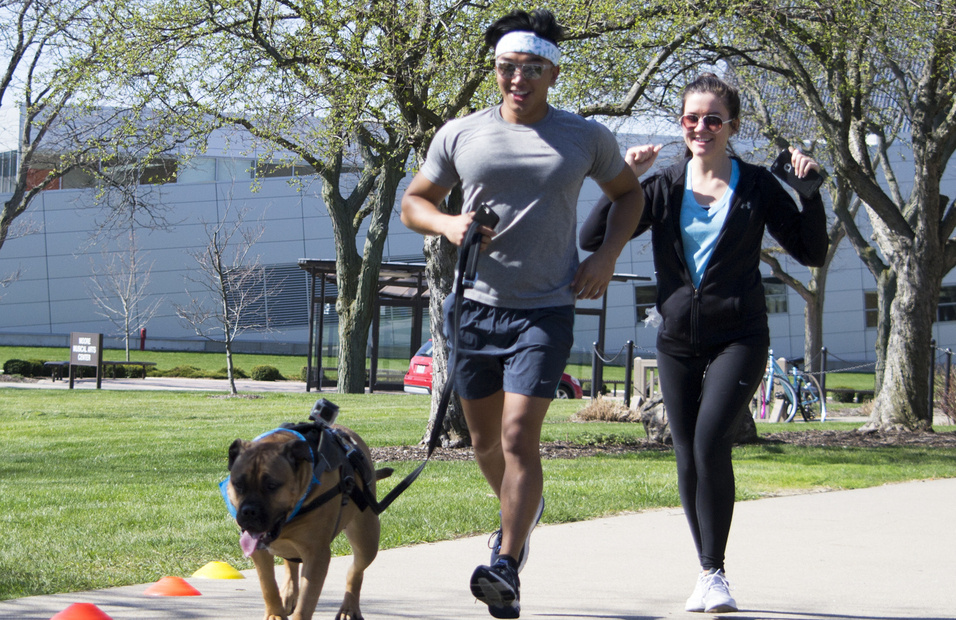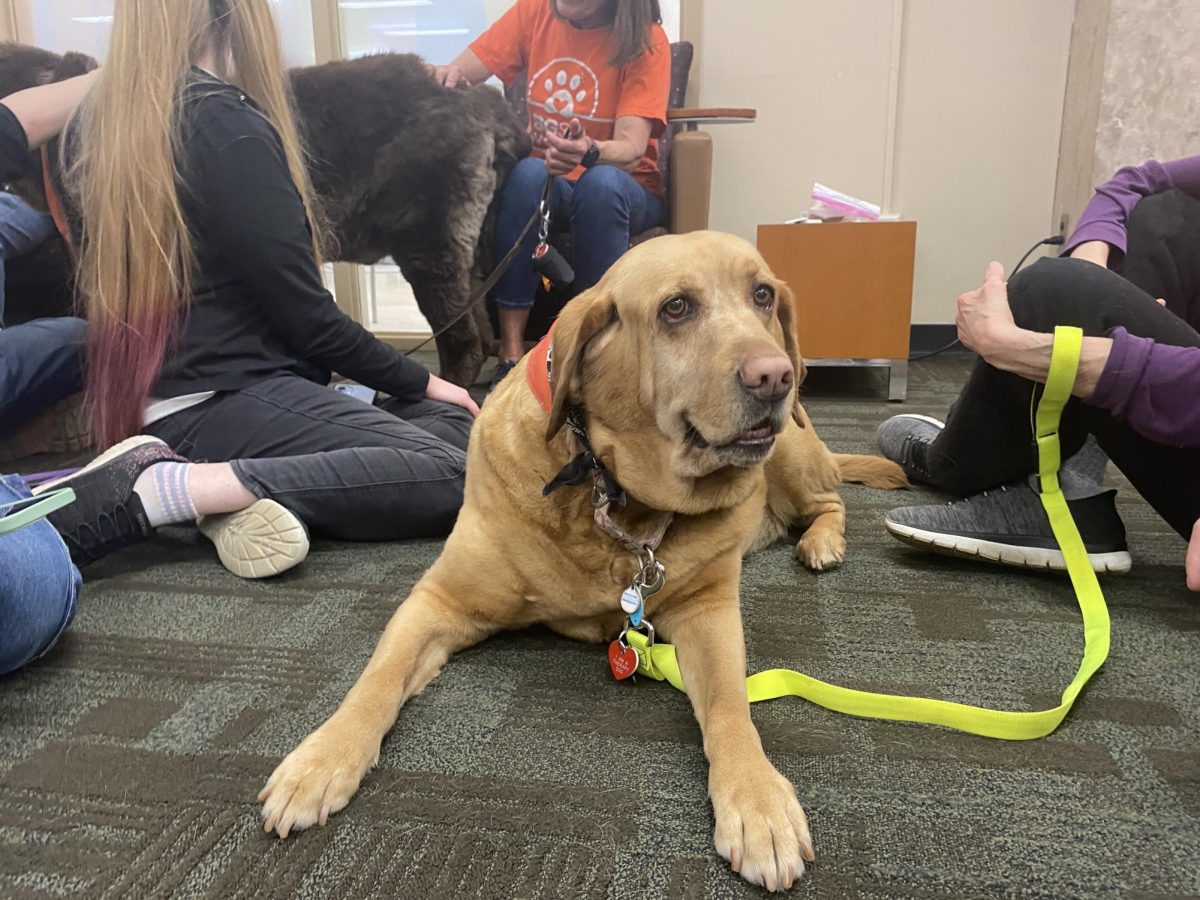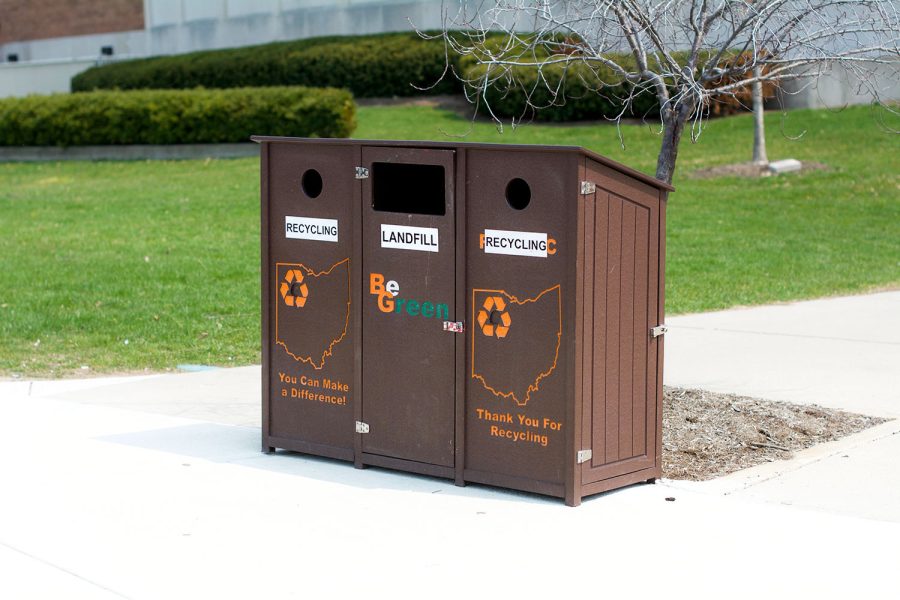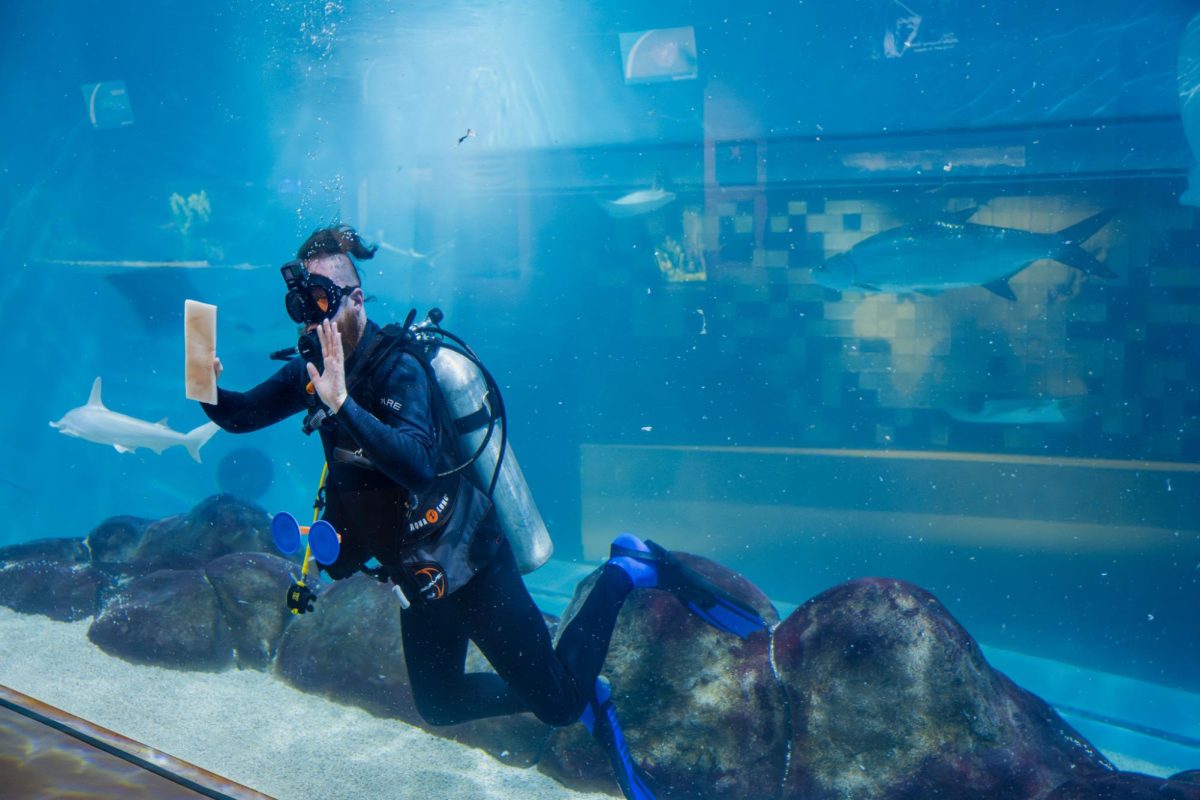BGSU student Makenna Flores questions if the university is doing enough to protect and educate students on sexual assault, as the sexual assault “Red Zone” has ended.
According to Inside Higher Ed, the Red Zone is “a time spanning from the start of the fall semester through Thanksgiving break when more than 50% of all college sexual assaults are statistically found to occur.”
Despite the staggering weight of this statistic, few college students seem to be aware of the Red Zone, let alone its implications for increased sexual violence at their most vulnerable time. Freshman arriving on campus for the first time often come without the necessary means to protect themselves, as there is a definite lack in healthy consent and boundary-respective education that should have taken place before the college level.
BGSU Freshman Eric Oglesbee had not formerly known about the Red Zone; he immediately suspected the term to refer to a “dangerous time of year.” Though correct in this guess, Oglesbee still had not expected the bleak reality of the statistic.
“It’s kind of astonishing,” he said. “I would not have expected the number to be so high. As someone who was born male, it’s not something that I have thought about very much, because I am fortunate enough to not really have to worry.”
Another freshman, Norman Labow, acknowledged the likelihood of the Red Zone applying to BGSU’s campus.
“I guess I’m not really skeptical about it. I can absolutely believe it,” he said. “I’m just curious about how this statistic came to be. Are there causes behind this?”
Inside Higher Ed listed increased at-risk social event participation as a potential cause for climb in case numbers. Both Labow and Oglesbee said party culture could be a factor, with Oglesbee noting how college parties are oftentimes an unfortunate but “common place for sexual assaults to happen.”
While Oglesbee said the Red Zone could possibly be explained by new students taking part in more social activities in the beginning of the year, Makenna Flores echoed various studies’ concerns surrounding the potential harm to come from college campuses when excusing behaviors and using situational excuses to explain the nature of sexual assault.
Flores, also a freshman, believes that although BGSU held brief, introductory conversations about consent with students during orientation week, the initiative failed to protect students by neglecting to mention this dangerous statistic, instead promoting themes that she said “often place the responsibility of prevention on victims.”
“You can’t say, this is how you avoid sexual assault. Because what are you going to say? People are going to blame what you were wearing, if you were drunk, if you were high, anything … and that’s not fair,” she said.
Flores recognized BGSU’s efforts to foster environments allowing independent organizations, such as Her Campus and The Cocoon, to advocate awareness are a good start. But awareness needs to be followed by education.
“So, let’s inform our students about what assault looks like,” Flores said.
When asked, Sophomore student Liz Mathiesen worried that sex education classes or increased awareness would not make enough of a difference.
“Would anyone take it seriously?” she asked.
If anything, Mathiesen expects effective change to take place if students make an effort to request specific improvements in campus staff and faculty training on sexual assault.
“If we want to see change, we will have to put pressure on the administration to listen to and meet student’s needs,” Mathisen said.
Liz Mathiesen voices pessimism that is reflective of many student’s fears and mistrust for administrative actions that can fall short in making significant change. Yet, BGSU is investing in programs and organizations to advocate sex education and promote safe conversations.
BGSU’s Center for Women and Gender Equity Director and Center for Violence Prevention and Education Co-Director Kacee Farrell Snyder is optimistic that the university is taking steps in the right direction to combat violence inside and beyond areas like the Red Zone.
Having worked at the university for more than 15 years, Snyder has seen efforts to educate evolve from initiatives that would place responsibility and blame victims of sexual assault. Snyder remembered how her own time as a college student exemplified a flawed societal perspective.
“As a woman, it was your responsibility to keep yourself safe,” she said. “It was about me covering my drink, it was about me walking with friends and not walking by myself. It was about me staying out of those situations.”
But Snyder said that in recent years divisions such as the centers for Women and Gender Equity and Violence Prevention have worked to reverse the culture and narrative, encouraging consent education over victim blaming.
“Now, it’s about teaching people to not assault each other,” Synder said.
While BGSU is continuing to develop education that prioritizes consent, communication and empowerment in programs that students saw in late August, Snyder acknowledged the equal importance of providing resources that combat violence while it is happening. She cited the Green Dot initiative’s success in being a nationwide tool for violence intervention.
“[Green Dot] has been proven to reduce sexual violence and power-based personal violence. It teaches folks how to not be bystanders, and how they can intervene,” Snyder said.
Snyder ascribed the term “power-based personal violence” to a number of violent behaviors beyond just sexual assault, noting how knowing this association can be essential in counteracting all types of violence.
“People think about sexual assault and they think it’s about sex, but it’s usually about power. It’s the same with domestic violence,” she said.
Knowing that violence primarily stems from systemic failures, it is critical to take full advantage of the growing efforts to heal the community. This may take form supporting pro-minority groups on and off of campus, networking with trusted peers to hold one another accountable, and personally doing the work to understand better communication through consent.
Snyder encourages students to take note of numerous initiatives across BGSU campus, such as the Green Dot, that offer resources and support for those who are either victims or helping a victim themselves. Additionally, she believes the effort to inform will never be over, and that the Bowling Green community must support one another to correct a long standing issue.
“There can never be enough training. I don’t think you can do enough education. But I do not think that we begin this education early enough,” she said. “Society has failed us in this respect. It will take everyone, students and faculty, working together to make a difference.”


